East European Shepherd Dog: breed characteristics and content
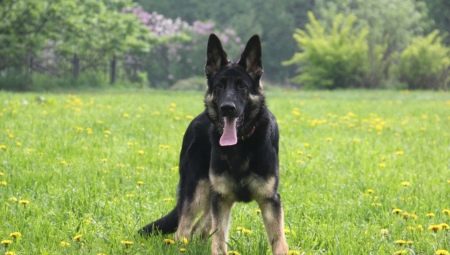
The East European Shepherd is a popular dog breed in all CIS countries. From its ancestor - the German Shepherd, this breed is distinguished by a massive physique, a sharper mind and remarkable watchdog skills. In this article, you will get acquainted with the characteristics of the East European Shepherd Dog breed, as well as the features of its maintenance.
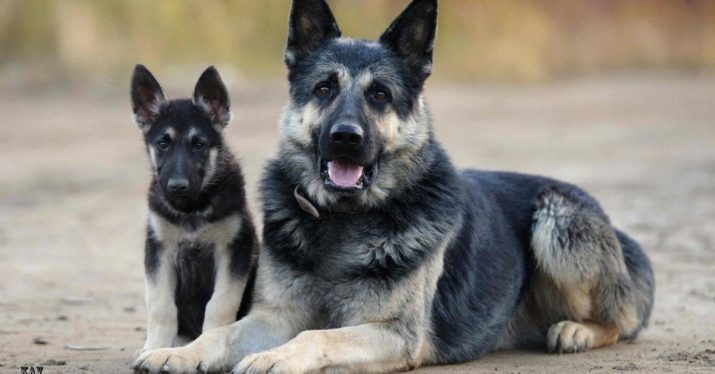
Origin story
Attempts to create this breed were made at the beginning of the twentieth century. Around the 1920s, active work began on the development of a new breed, the progenitor of which was to be the German Shepherd. Cynologists aimed to create a more hardy, socialized and massive breed. Unfortunately, at that time, the breeding project did not receive proper financial support, and the procedure for the mass withdrawal of Easterners remained in limbo.
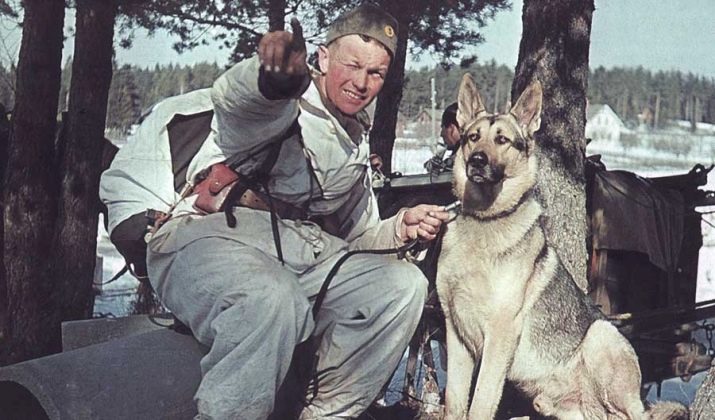
During the Great Patriotic War, many individuals of the East European breed actively participated in hostilities: they brought food to the partisans, hunted down enemies, found mines, wounded, and helped with the ferry of food across the rivers. After the end of hostilities, this breed became associated with real patriotism and devotion to humanity.
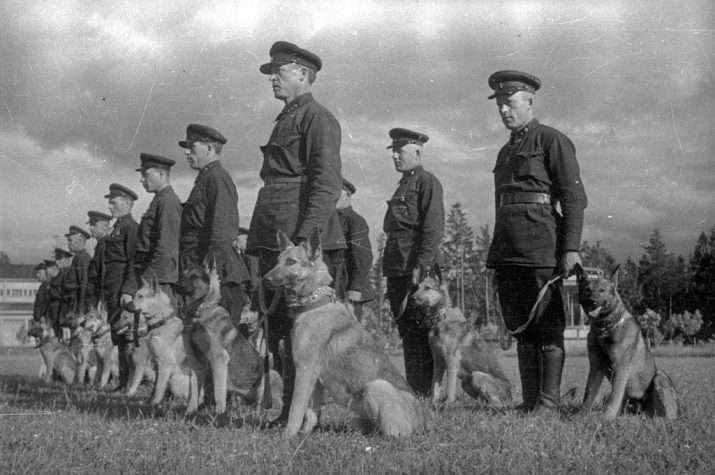
Despite this, serious attempts to breed new representatives of this breed began only after the Second World War. The name of the breed was given by the world famous General G.P. Medvedev, who already in 1945 urged to award this dog breed with an official status for its services to the USSR.The very first breed standard was adopted in 1964, the next - in 1976. It is worth noting that there was no official separation of this breed from the German representatives. The breed was considered the Soviet version of the German Shepherd.

Until the end of the twentieth century and the collapse of the Soviet Union, this breed was widely appreciated among Russian dog handlers. - many kennels appeared, where everyone could purchase this dog - a symbol of a glorious victory in the Second World War. However, with the collapse of the Soviet Union, breeding work for this breed suddenly stopped and even began to be condemned. The Easterners began to be identified with the times of Stalinist repressions. At some time, a general procedure for the elimination of this breed began, which ended only at the beginning of the 19th century.
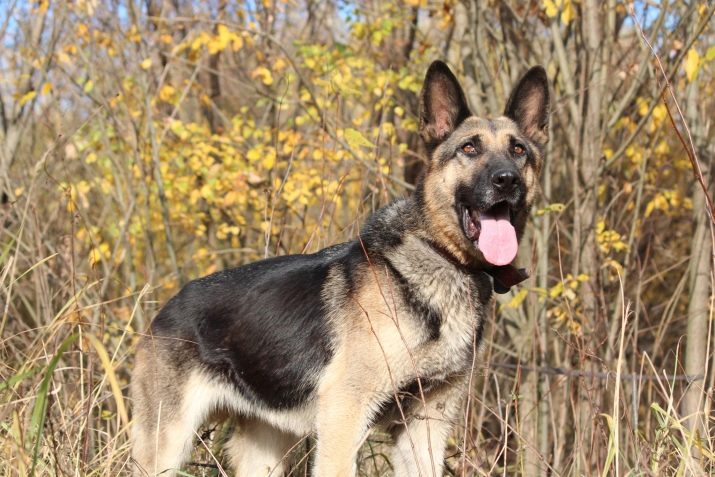
It is thanks to caring breeders that this breed is bred to this day. A little later, cynological organizations throughout the Russian Federation began to recognize it.
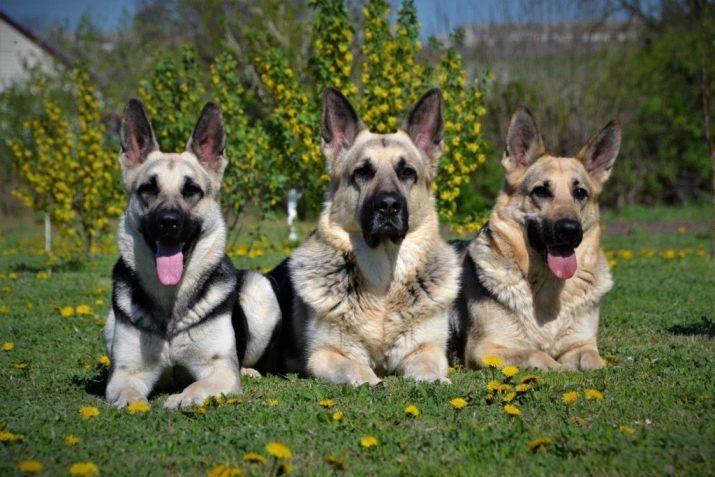
Features of the breed
To have a rough idea of the exterior of the Easterners, one should refer to the general standard of 2002 adopted by the RKF (Russian Cynological Federation).
- Long, proportional wedge-shaped head. The transition from the forehead to the muzzle is noticeable, but smooth. The lips fit tightly to the jaw, do not hang down. The nose is black, well developed. The ears are small, in shape they look like an isosceles triangle. The eyes are oval, the iris is brown or dark.
- Well developed jaws with 42 teeth.
- Wide massive neck.
- Large wide oval chest, withers are clearly visible, belly is tucked up, without folds.
- The back is straight, the croup is round.
- Large and long limbs with well-developed muscles. The paws themselves are round, the pads are soft, poorly covered with wool, collected.
- The coat is of a hard type and of medium length, evenly distributed over the entire body.
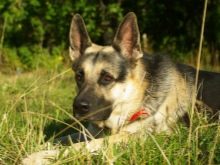
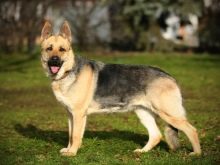
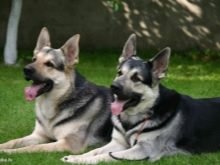
A description of the general characteristics of this breed is also provided below.
- Average weight. Bitches weigh a little less than males - from 30 to 50 kg, males - up to 60 kg.
- Medium height oriental at the withers is 72-76 cm.
- Color. Typically black & tan or pure black. There are also individuals with a zonal color (limbs, tail, chest), where there are silvery, white and red colors.
- Life expectancy. On average, representatives of this breed live for 10-11 years, in ideal conditions this period can be increased to 15 years.
- Character. Balanced, loyal, remarkably trainable.
- Watchdog qualities. With the right upbringing, they can become professional watchmen and guides.
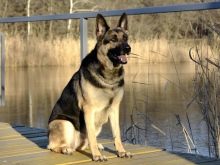
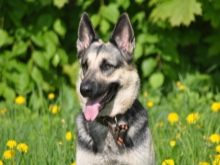
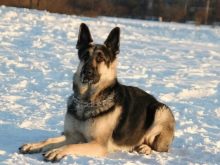
Character and behavior
Despite their formidable appearance and wonderful fighting exterior, dogs of the VEO breed are distinguished by their good-natured, loyal and diligent character, thanks to which they become real family members. Below will be considered the character traits of these dogs, which every breeder needs to know about.
- Attitude towards the owner. Dogs of this breed are distinguished not so much by affection as other dog breeds, but by loyalty, devotion and dedication. This is a very intelligent breed of dog, which is able to exactly obey the owner, as well as protect him in dangerous situations. Some individuals of orientalists are used as guides for the blind or for people with disabilities. BEO are not inclined to take a dominant position in a relationship; they completely trust the owner and his instructions.
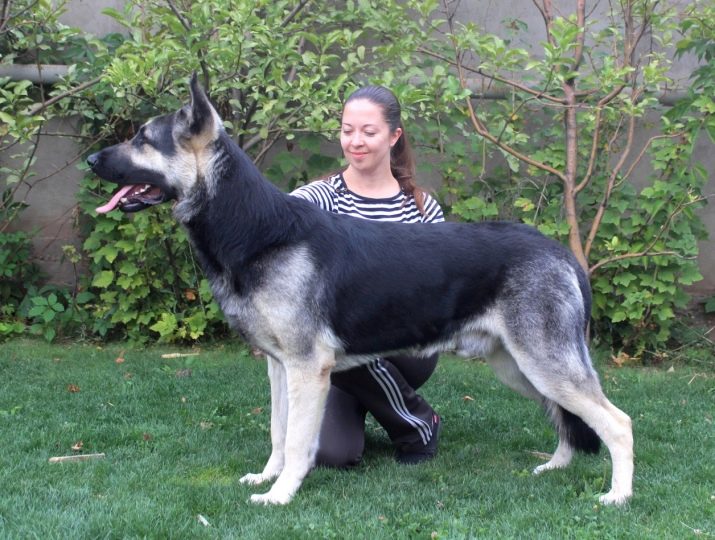
- Attitude towards guests and strangers. The East European Shepherd Dog here acts more as an observer than a participant in communication. Easterners will not selflessly wag their tail at every passer-by and clearly will not treat with love the one with whom the owner is talking. Instead of flattering and climbing on their hands, they step aside and closely observe the actions of the stranger and the owner himself. These dogs are very sensitive to the intensity of the situation, they perfectly distinguish the notes of aggression and anger in a conversation.At the slightest manifestation of inadequacy on the part of a stranger, Easterners can growl warningly or even bared their teeth.
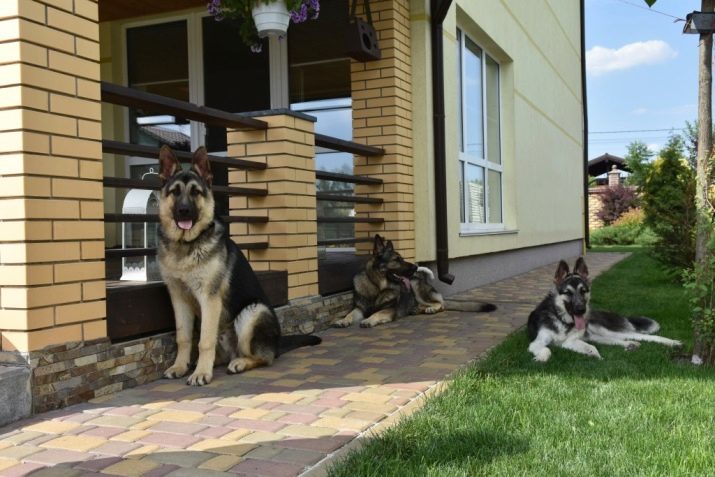
- Relationship to other pets. In relation to cats, the BEO breed takes a neutral position. If a dog and a cat have their own personal zone and none of the pets violates the limits of these zones, be sure that the animals will get along and even be able to play together. However, in this case, this breed of dog will take the lead in fun and games. As for the rest of the domestic animals, such as turtles, parrots and hamsters, orientalists at first will not pay attention to them at all. If they notice that the owners treat these pets with respect and awe, they will also treat them with caution and care.

- Attitude towards children. If you buy a young puppy in an apartment for small children and raise him side by side with the children, then you should be prepared for two outcomes. The first outcome is that the child's bond between the dog and the child will only strengthen their relationship and make the puppy a best friend and protector for the child. The second outcome is that small children can simply torture a puppy or already an adult dog with constant harassment, which will make the orientalist aggressive and embittered. These dogs are able to endure annoyance and molestation for a very long time, but small children do not know a sense of proportion, and therefore, until the more or less conscious age of children, dogs should be kept away from them.
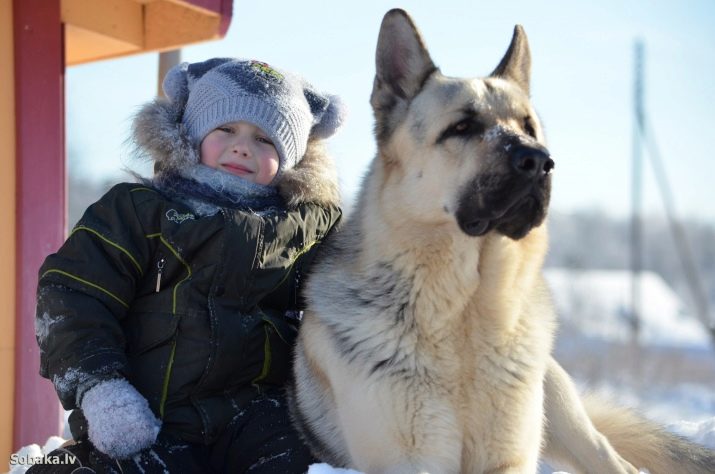
- Security qualities. The East European Shepherd Dog has long established itself as an excellent guard and watchman. If the dog notices at least a minimal manifestation of aggression towards its owners, then it immediately becomes in a defensive position and can defend them up to self-sacrifice. Dogs of this breed have the same attitude to their territory, which they are also able to defend fiercely - that is why they are chosen as guardians at paid parking lots or at private houses.
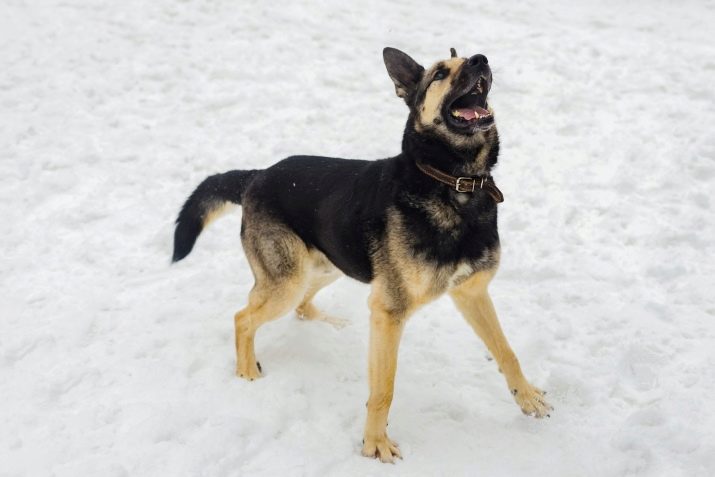
How to choose a puppy?
Not only the health of your future pet depends on the correct choice of a puppy, but also its innate skills, heredity and fitness for training. In the list below you can familiarize yourself with the points that you should pay attention to if you want to purchase an oriental.
- Place of purchase. It should be understood right away that the most successful, healthy individuals with an excellent pedigree are sold only in specialized nurseries. This is where you should buy an East European Shepherd Dog if you want your puppy to be able to participate in competitions and other events. Buying this dog from hands, even with a full set of documents, you can never be sure of the authenticity of the information provided. In addition, kennels with a good reputation must always have documents that confirm the permission to develop a certain breed. Before buying a puppy in some kennel, evaluate the conditions of keeping in it, the quality of nutrition and rest.
- Parents. Pedigree and family lines are the second thing to pay close attention to. Even though the breed's fitness for training is in the genes, you will feel much safer in training your dog knowing that its parents received the same training or did the same job. In addition, according to the documents of the parents, you can learn about hereditary diseases and defects that can only appear over time.
- Behavior and Activity. When choosing a pet, you should pay attention to its behavior - active, joyful and positive individuals have a much higher chance of successfully completing training. Perseverance and good manners can be instilled, but enthusiasm and energy are unlikely. Monitor your pet's general condition carefully.Puppies with the following symptoms should not be taken: lacrimal pathways near the eyes, matted hair, wet hair near the anus, limping when moving, dirty ears. Also, do not forget to judge the appearance of your pet based on the standards of this breed, which were described above.
- Documentary base. If the supplier of puppies does not have documents on their vaccinations, as well as other papers confirming the birth and pedigree of the puppy, this is a serious reason to refuse to buy a pet. A veterinary passport, metric and pedigree must be present without fail.

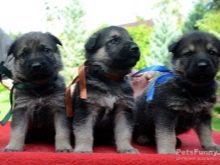
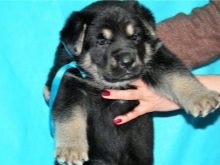
The main problem in buying a purebred Oriental is not health and behavior, but the authenticity of the documentary base and pedigree. Recently, cases have become more frequent when it was the German breed that was sold under the guise of an East European Shepherd. A distinctive feature of adult dogs of the German and East European Shepherd is the tilt of the back. If among the Easterners it is relatively straight, then among the Germans it is slanted towards the sacrum and smoothly descends to the tail.
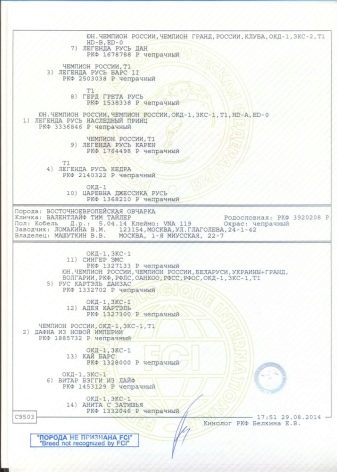
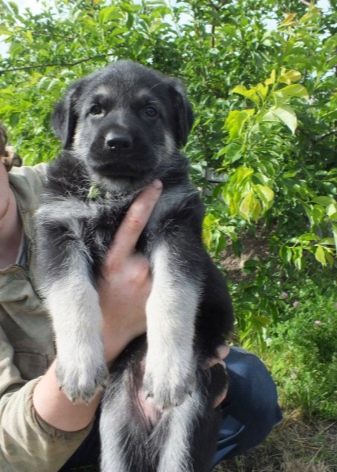
Height and weight by months
Below you can see the table, which shows the standard indicators of the height and weight of the East European Shepherd Dog for a particular age. As you can see from the presented table, at the age of 7 to 9 months, regardless of the sex of the dog, the period of full maturation begins. After that, the dog practically does not grow, but only gains muscle mass. In dogs of the BEO breed, ears stand up at about six months (there are individuals whose ears rose unevenly, starting from 3 months). An adult bitch weighs, as a rule, a little less than a male, while the male's musculature grows even after 1 year, and in a bitch it stops at 10-11 months.
Age (months) | Height of the dog at the withers (cm) | Height of the bitch at the withers (cm) | Average weight (kg) |
1 | 23-27 | 23-25 | 3-5 |
2 | 35-38 | 33-36 | 8-10 |
3 | 43-47 | 41-46 | 12-15 |
4 | 50-55 | 48-53 | 15-20 |
5 | 55-60 | 55-57 | 20-25 |
6 | 60-65 | 57-65 | 25-30 |
7 | 65-68 | 65-66 | 30-35 |
8 | 68-70 | 66-67 | 35-40 |
9 | 68-73 | 66-68 | 35-40 |
10 | 68-75 | 66-69 | 35-40 |
11 | 68-75 | 66-69 | 35-40 |
12 | 68-75 | 66-69 | 35-40 |
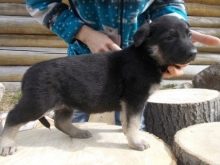
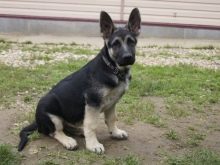
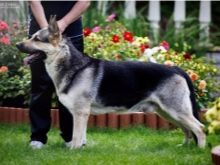
Maintenance and care
The rules for caring for dogs of the BEO breed are not very complex or unique. All conditions are generally available for the care of any breed of domestic dog. Most of the recommendations below are general and can be used to care for your German Shepherd Dog as well.
- Regular physical activity. This breed cannot be appeased with games and rare entertainment, they also do not tolerate an enclosed space well. The breed needs regular walks even in the most severe weather.

- Place of containment. These dogs are born watchmen, and therefore feel great in open booths and open-air cages in the fresh air. Thick and dense hair protects the animal even from the most severe frosts.
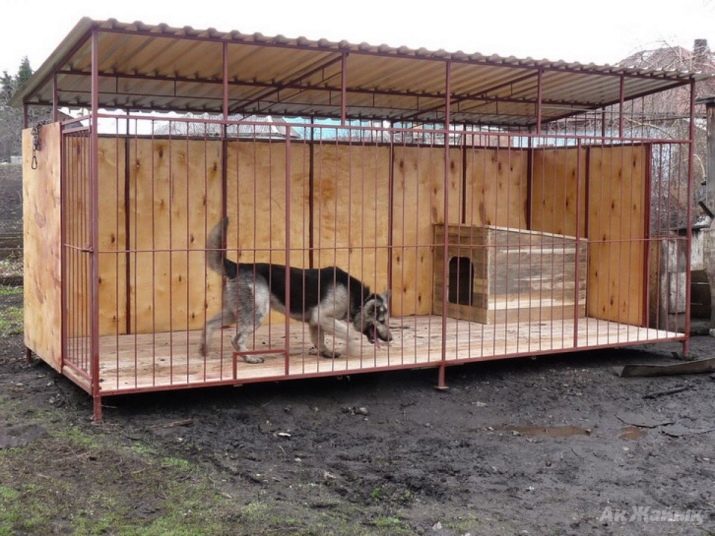
- Regular hygiene procedures. As with any pet, you should regularly brush your dog's ears, brush his coat, rinse his eyes, and monitor the condition of his teeth and nails. All these procedures should be carried out at least once a week, especially when it comes to a show specimen.
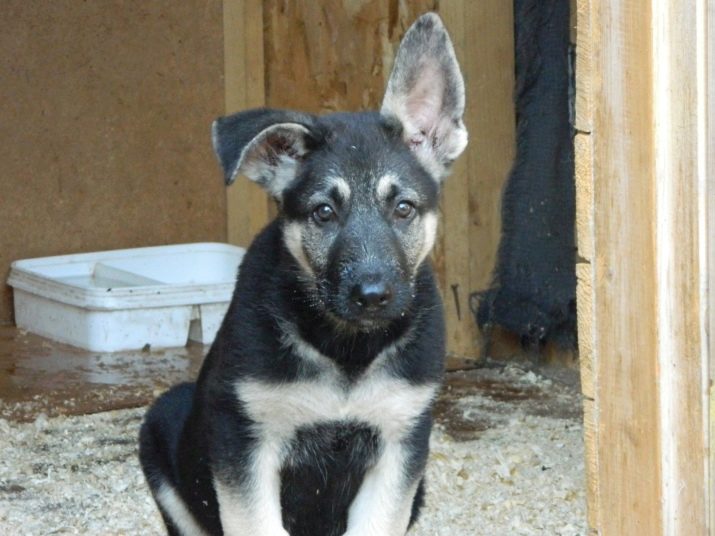
- A haircut. As a rule, Easterners do not differ in such a significant hairline as shepherd dogs. They have a dense hairline of medium length, which, if it needs a haircut, is only light and corrective. Do not think that a large amount of wool will interfere with the pet in the summer seasons - the sweating of these animals passes through the tongue, and not through the skin. In addition, a short-haired animal can develop skin conditions from prolonged exposure to direct sunlight.
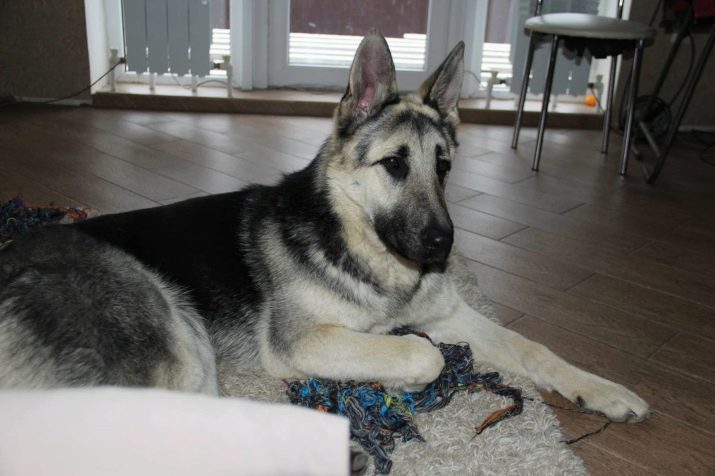
- House. From the very first day, determine one specific place for keeping your pet (in the case of keeping in an apartment) - he should have his own place or lounger, where he could come at any time. It is better to choose a dry place in the shade, where there would be an excellent view of the rest of the apartment. Please note that if the dog was originally brought up at home, it will be extremely problematic to accustom it to the aviary.
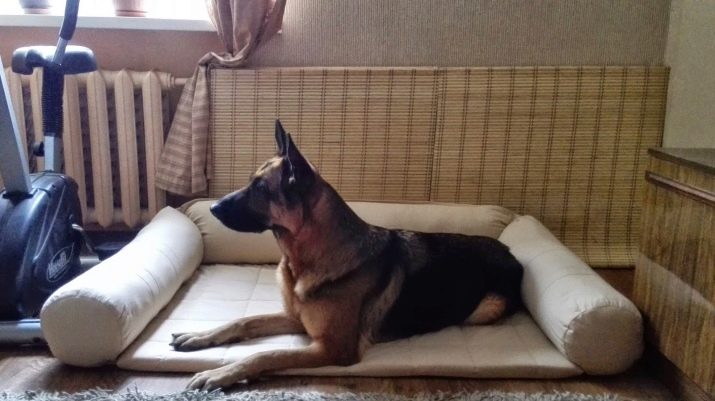
- The washing up. You can carry out preventive washing with plain water no more than once a month, and cleansing with a special shampoo no more than 2 times a year. Try to pay more attention to the cleanliness of the coat and the absence of lumps. For combing, it is better to buy round brushes or combs with frequent teeth - such procedures will have a relaxing massage effect on the animal's body.
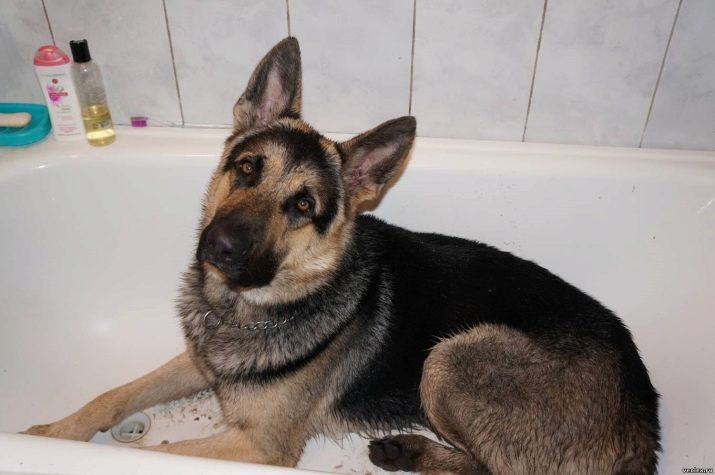
- From birth, your pet should be vaccinated against common diseases and viruses. In addition, for the spring and autumn periods, do not forget to treat your pet's coat with flea-preventing formulations. Individuals with fragile immunity will not be prevented by anthelmintic drugs.
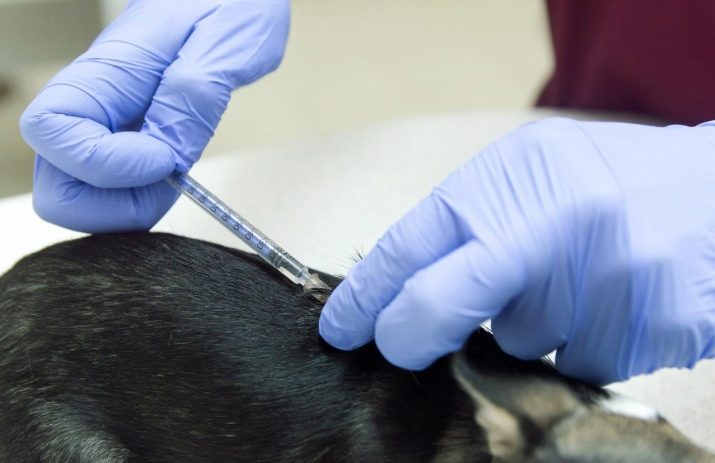
Feeding
Like any pet, the East European Shepherd Dog needs a balanced and regular diet. The quality of feeding depends not only on the activity of the pet, but also on his mood and health. Below you can find a list of recommendations that should be followed when feeding an oriental.
- Type of food. Shepherd dogs need regular walks and physical activity, for which they need a lot of strength. When feeding this breed, you can give preference to both ready-made feed and natural products with a high meat content. Each of these types of food has its own pros and cons.

- Feeding frequency. On the very first day of buying an oriental puppy, decide on the time of feeding - the whole day should be planned, dividing into periods of walking and feeding. Babies up to 2 months old should be fed in small portions up to 6 times a day, puppies up to 4 months old - at least 5 times a day, up to six months - no more than 4 times a day, from six months to 8-9 months it is worth switching to three meals a day, by reaching 10 months of age and older, the regularity of feedings should be reduced to 2 large meals per day.

- Feeding time in relation to training. Many novice breeders make a huge mistake when feeding a dog before morning and evening walks. The pet must first do its business on the street, and then get a dose of food to gain strength the next day or evening. In addition, after a walk and good physical activity, Easterners have a significant improvement in appetite. When choosing natural food in the morning, you should give light food - cereals, vegetables and cottage cheese. It is better to leave meat food for the evening.
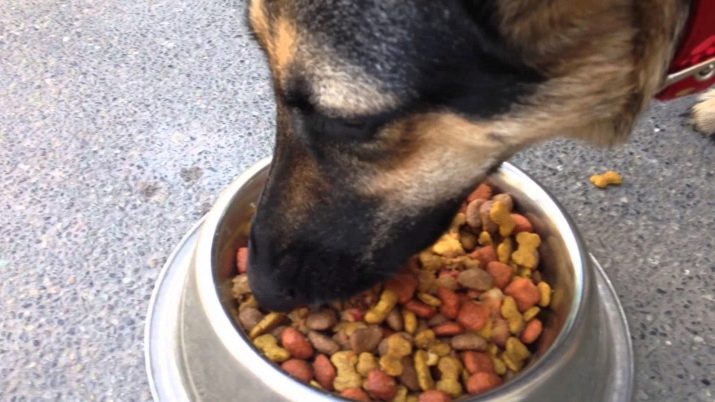
- Subtleties of feeding. Food should be served only when the dog is in another room. In a fit of joy at the sight of food, an orientalist can simply turn the bowl over and scatter the food throughout the apartment. It is advised to initially buy heavy metal bowls or turn to the hardened screw-on options. As soon as the pet has finished eating, immediately remove the bowl of food or thoroughly empty it of food (otherwise the food may go bad or windy).
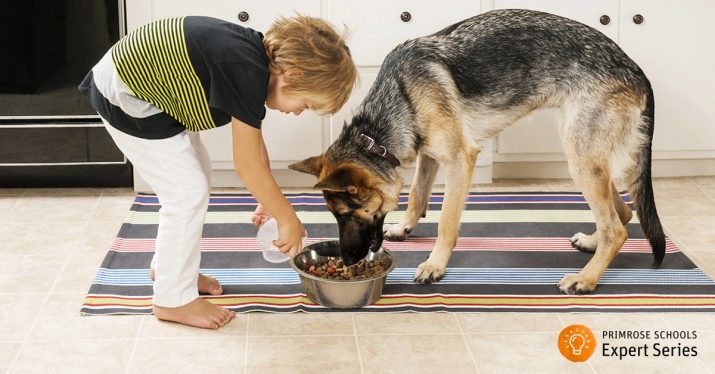
- Serving Sizes and Doses. As a rule, it is indicated on the ready-made feed how much it should be given to dogs with one or another weight, age and height. As for natural food, the portions are determined purely experimentally - see if the pet eats everything or leaves the food in the bowl. Based on this, increase or decrease the portion.
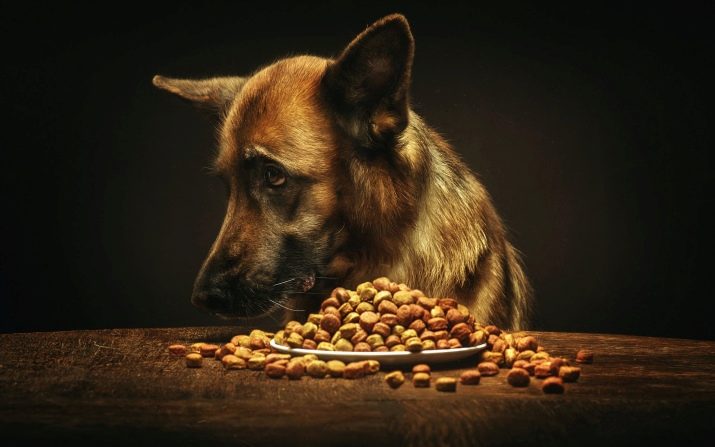
- Meals depending on the season. In the summer, Easterners need more fresh and nutritious food. They need it for an active life, regular exercise and jogging in the fresh air. As for the winter season, in which the dog does not receive the necessary physical development, it is necessary to reduce the fat content of products as much as possible (some individuals of the Easterners are prone to gaining excess weight), as well as increase the amount of vitamins and nutrients. The latter will help your pet cope with viruses and diseases.
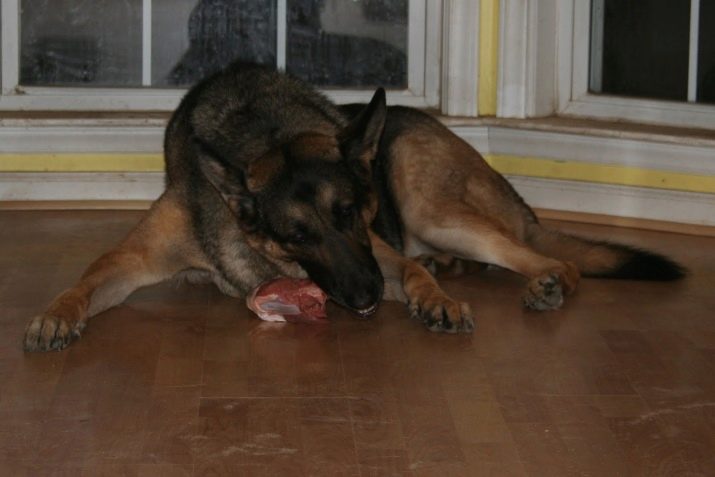
- Water. Fresh, clean water should always be available for your pet.Try to choose an accessible room for this, where your dog can easily get.
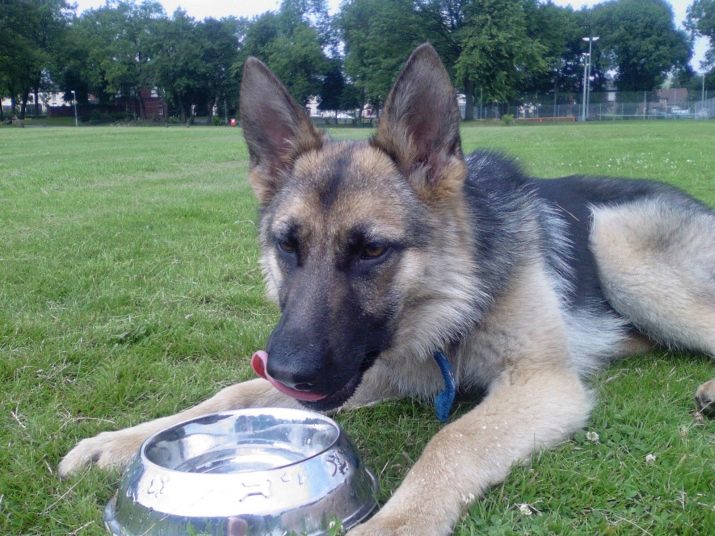
- Balance of natural feed. If you decide to transfer your pet to a completely natural diet, then keep in mind that most (at least 50%) of the diet should in any case be animal-type products (meat and offal). The rest is occupied by plant products: vegetables, cereals, fruits, as well as some fermented milk products (cottage cheese is extremely useful for puppies). When choosing meat, you should focus on lean options: chicken, veal, beef, some offal. Try to exclude pork, lamb, various sausages and smoked products from the diet. Of the cereals, buckwheat, rice and oatmeal should be preferred, but legumes, millet and pearl barley should not be given. To make the animal better eat porridge, add pieces of meat or chopped vegetables to them.
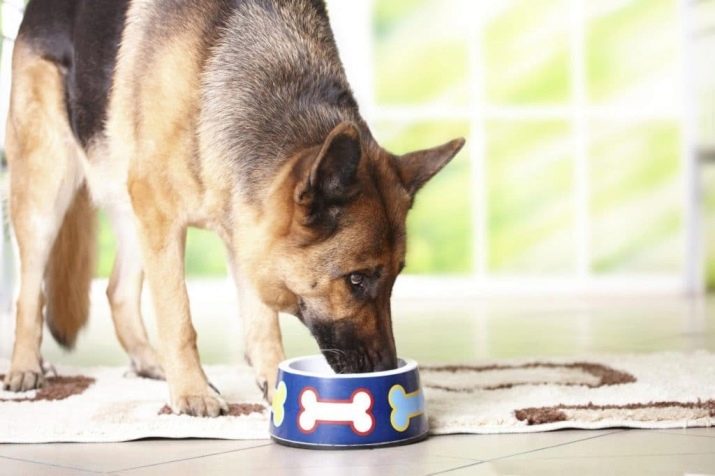
- Prohibited foods. Foods and vegetables with high fat and acidity should be avoided. In addition, you should not feed the BEO breed from the table - salty, pickled, spicy and fried products are extremely poorly tolerated by the dog's body.
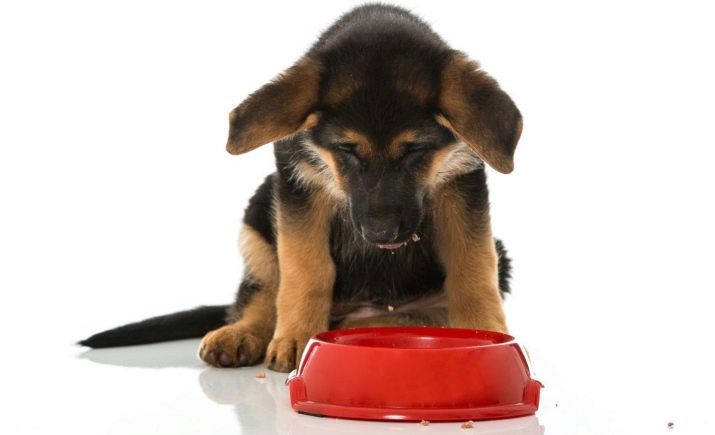
Education and training
Obedience and execution of elementary commands is inherent in any breed of shepherd dogs, in fact, at the genetic level. The owners of this breed are recommended to start training from the very first day of the appearance of the pet in the walls of the apartment.
Before you start training, the first step is to ensure that your dog feels comfortable around a large number of people. From early childhood, these animals can feel insecure in the company of strangers, and the sooner you make it clear to the dog that the crowd is not dangerous, the better. Try to take your pet for a walk in crowded places more often, do not refuse contact with other animals - dogs and cats. Very soon, the orientalist will get used to the fact that in any situation the owner is nearby and will not let him be offended.

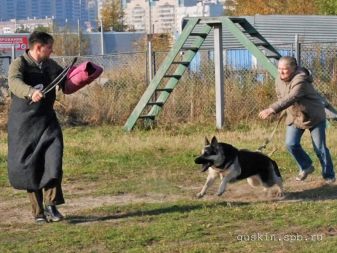
Depending on the age of the dog, you must clearly define the duration of the session. In the very first months, it will be difficult for you to carry out long training sessions - it is difficult to control any puppy for a long time, he constantly wants to play and frolic. At a young age, try to devote 15-20 minutes of training a day - this will be enough to memorize elementary commands. With the passage of age, the duration of training can increase by up to an hour.
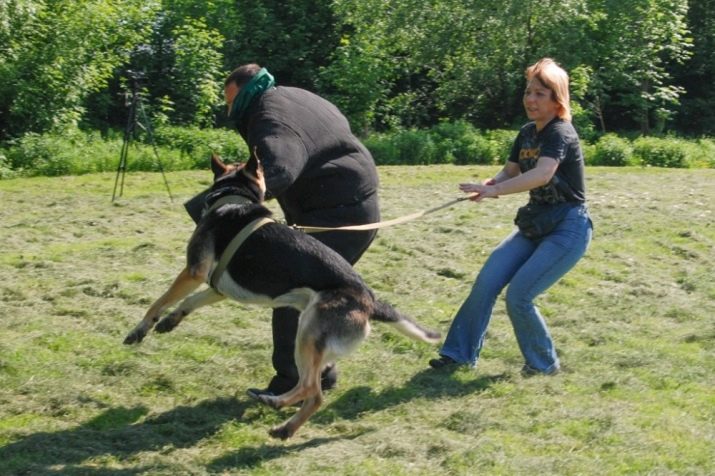
Pets should be trained at a strictly defined time. The training itself is best chosen late or in the evening, when the main period of activity has passed and the animal wants to rest a little. If you see that at some point the dog absolutely does not want to train, try again after a couple of minutes. It is not worth forcing him to force him - so you will not achieve anything.
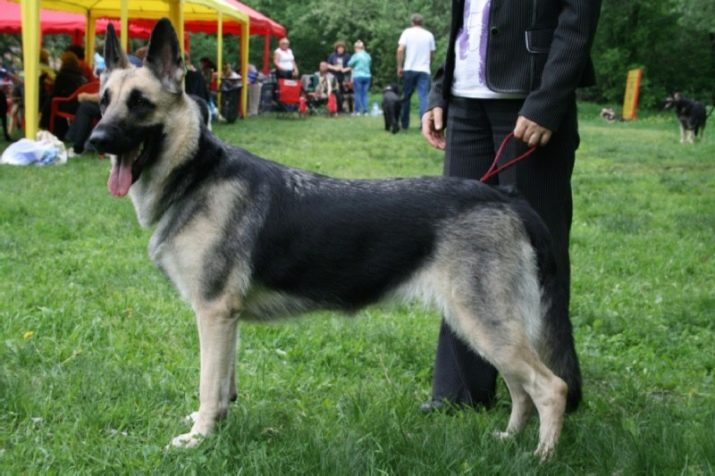
When teaching certain commands, try not to overdo it by repeating the same phrases and commands 30 times. If at some point your pet is not given one command, proceed to another, in order to return to the first a little later. The main thing in such training is variety. You probably remember how boring it was during school years to cram poems and excerpts from poems. Imagine how bored your dog will be!
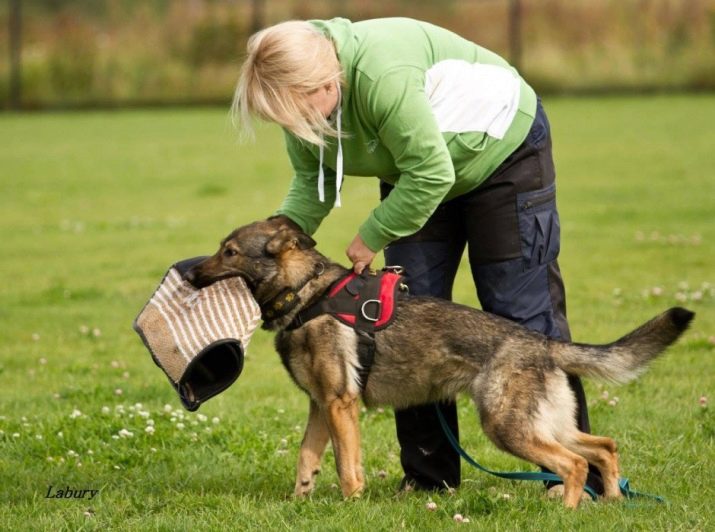
Avoid physical impact on your dog right away - beatings and injuries are deposited in the memory of the animal for a long time and can only bring harm: aggressiveness, lack of devotion, unwillingness to practice. If the animal is guilty or performs a trick incorrectly, try to put your displeasure into intonation or gestures. Yelling at the dog is also not recommended - just like beatings, yelling negatively affects the psyche of the pet.
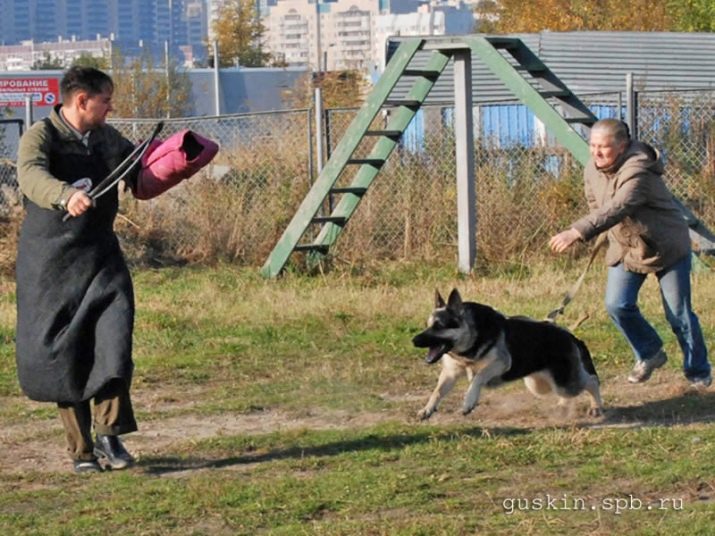
After every successful training session, difficult trick performed, or command execution, try to give your dog the least reward.These can be both small delicacies and ordinary strokes or words with affectionate and approving assessment. Try not to overload your pet with sweets or tenderness during training - in this case, he will get used to the fact that he will still receive a treat, get lazy and refuse to execute even elementary commands.
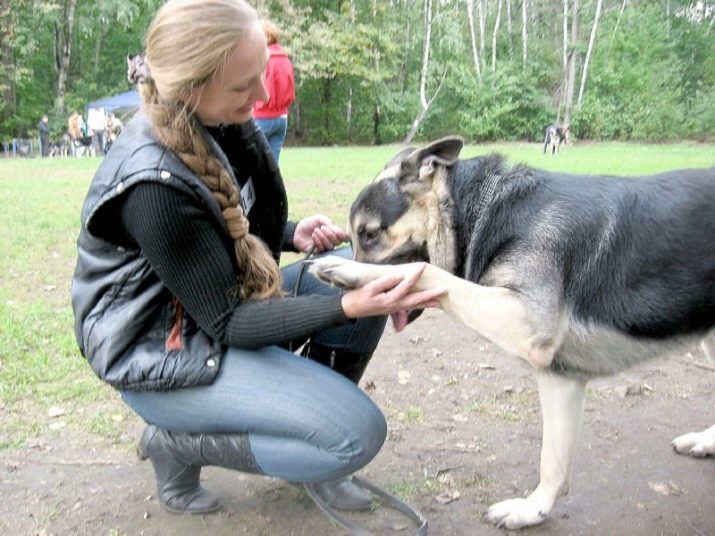
Gestures and facial expressions are additional training tools, with the help of which you can better convey to your pet what you need from him. This is because the dog's brain works by association. Any command that is constantly accompanied by a certain gesture will have more success in memorization.
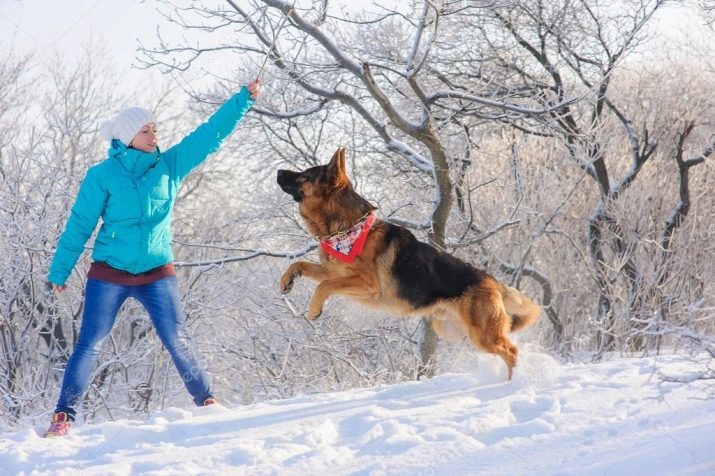
You should not think that your pet has any extraordinary abilities and is ready from birth to perform the most difficult tasks. The first commands should be simple, short and very clear. As soon as you understand that they are given to the pet with ease - complicate them, upgrade them, add new tricks.
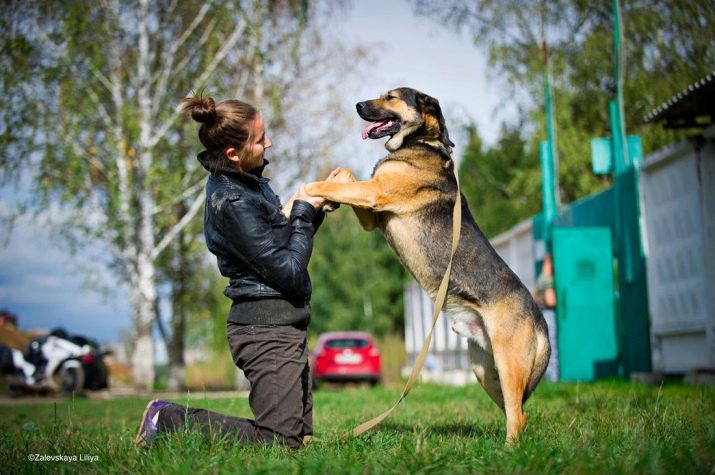
Below you will see the list of commands, which should be applied to dogs of the BEO breed during their growing up months.
- Up to 2 months. At this time, the breeder should pay great attention to the socialization of the animal - this includes daily walks in the company of other people and animals. In addition, it is worth accustoming the shepherd to a leash, collar and muzzle - these animals have extremely well developed canines, and also have enough strength to harm themselves or someone else. A mandatory task at this age is to ensure that the pet follows on your heels and gets accustomed to walking on the street.
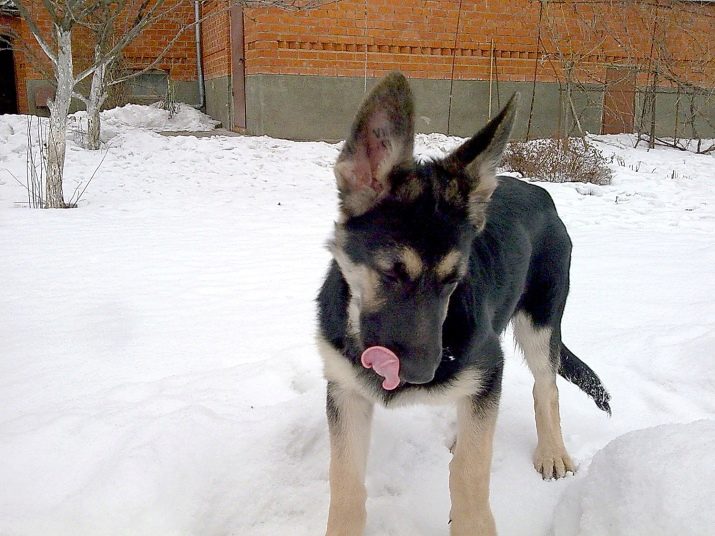
- From 2 to 3 months. East European Shepherd Dogs are commonly bought and sold around this age. During this period, the dog must finally get used to his nickname, be able to relieve himself only on the street, and also perform elementary commands such as "place", "fu", "voice", "sit", "to me."
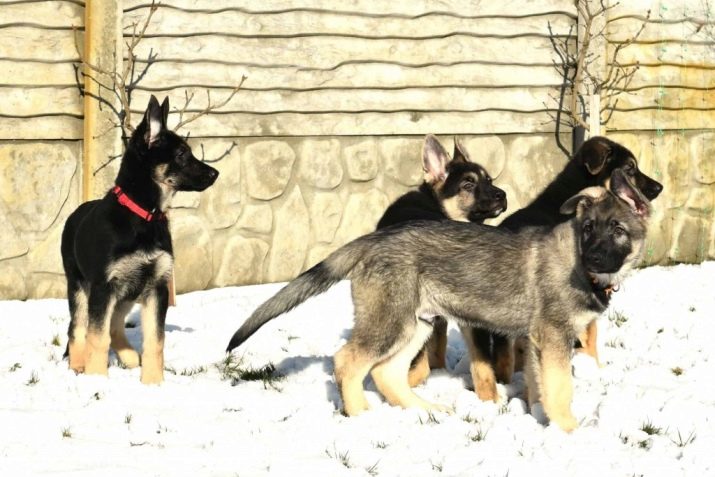
- From 3 months to six months. At this time, it is worth paying more attention to regular physical activity, as well as performing more complex tasks. The ideal place for this kind of training would be a dedicated dog court with barriers, ladders and levels. Here it is worth giving preference to complicated commands that require more perseverance from the dog or, conversely, actions: "lie down", "aport", "give", "forward", "take", "next to", "paw", "barrier" ...
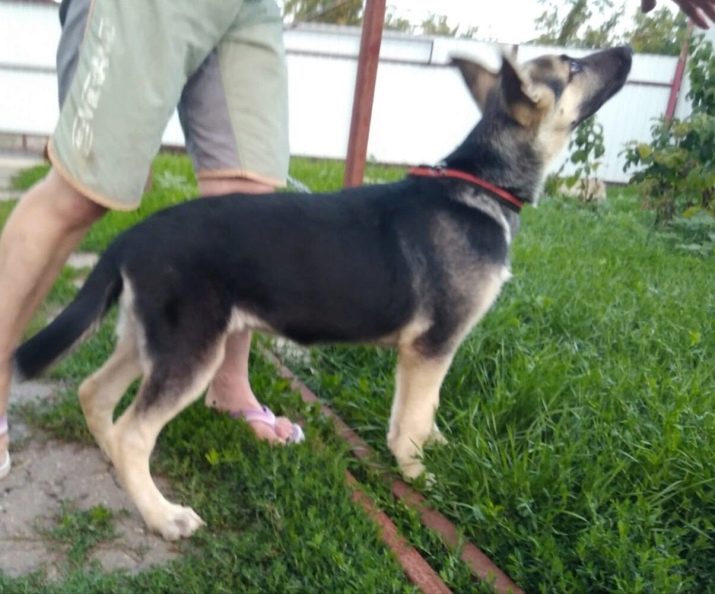
- From six months to 8 months. This period determines what function your pet will perform in everyday life. Usually at such a time it is advised to send dogs to professional training: searching for objects by smell, guarding things, pursuing and attacking offenders, offering objects (used in hunting).
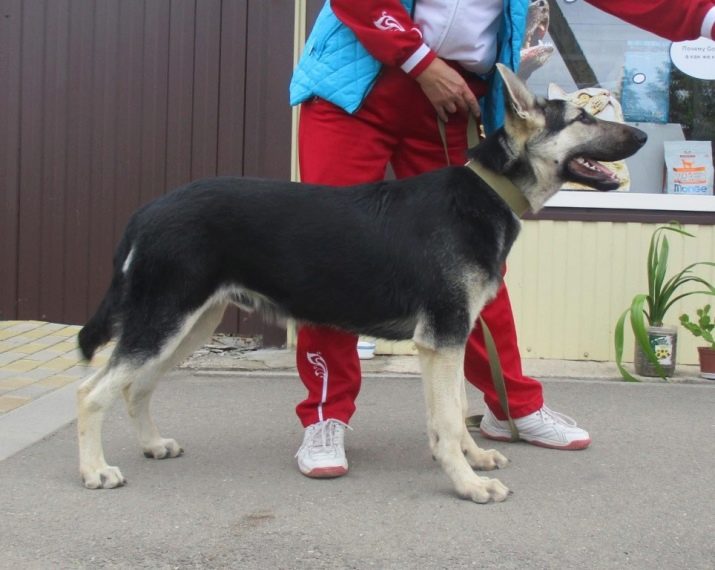
- Up to one and a half years. Up until this time, your dog should complete a general training course (or OCD) - this is the standard procedure for training purebred dogs. The course will help the owner to determine the suitability of the dog for the chosen service and will correct problem angles in training.
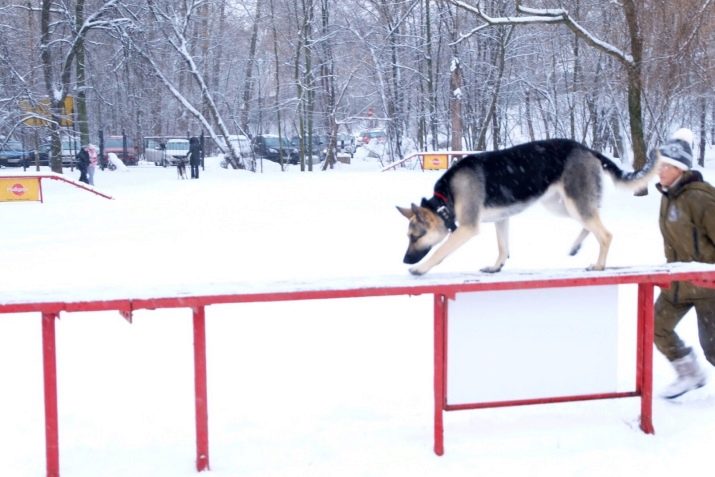
Suitable nicknames
It is worth choosing a nickname for a dog from birth - already up to the age of 3 months, the pet must get used to it and realize that this combination of sounds refers specifically to him. Below you can find a list of successful BEO breed names for boys and girls.
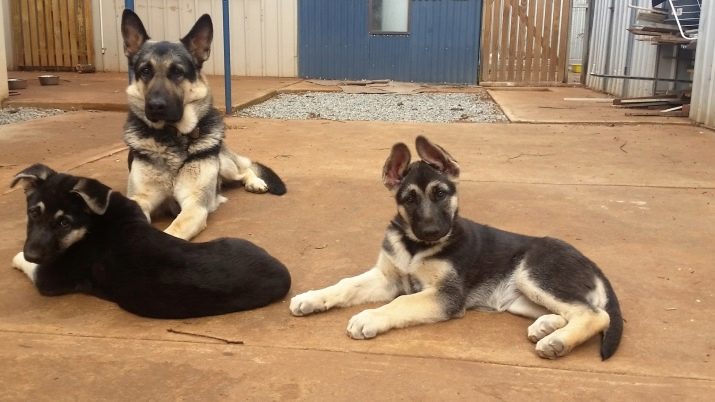
It should be understood that the choice of a nickname for any dog depends on several factors.
- color: Bagheera, Heat, Sapphire, Rainbow, Casper, Almaz;
- character traits: Excitement, Fierce, Umka, Spark, Satyr;
- pedigree: Lady, Earl, Baron, Lord, Queen;
- activity: Whirlwind, Tikhon, Tempest, Thunderstorm;
- sporting achievements: Champion, Favorite, Ideal.
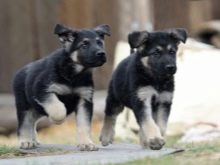
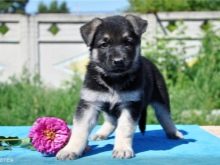
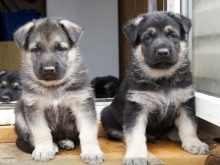
Also, nicknames can be selected by association with:
- famous personalities - Caesar, Hephaestus, Athena, Arthas, Neptune, Eve, Tiffany, Elsa;
- natural phenomena - Hail, Lightning, Tornado, Wave, Dew;
- abstract objects and images, and here the breeders are unlimited in their fantasies - Barley, Foil, Nail, Bulb, Bell;
- settlements, geographical objects and regions - Texas, Volga, Siberia, Moscow, Mir;
- space objects - Star, Venus, Saturn, Comet, Mars;
- flowers and plants - Chamomile, Gooseberry, Rose, Peony, Mint;
- other animals - Lynx, Trotter, Wolf, Fox, Capercaillie, Lion, Zebra.
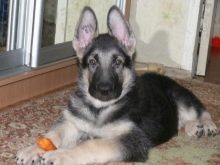
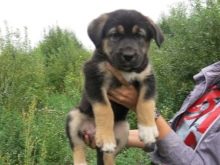
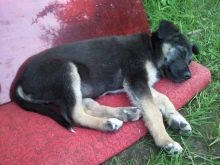
Owner reviews
After studying reviews from various online resources, one can come to the conclusion that most breeders positively assess the protective functions of this breed. Basically, individuals of BEO act precisely in the role of watchmen, hunting dogs or guide dogs.
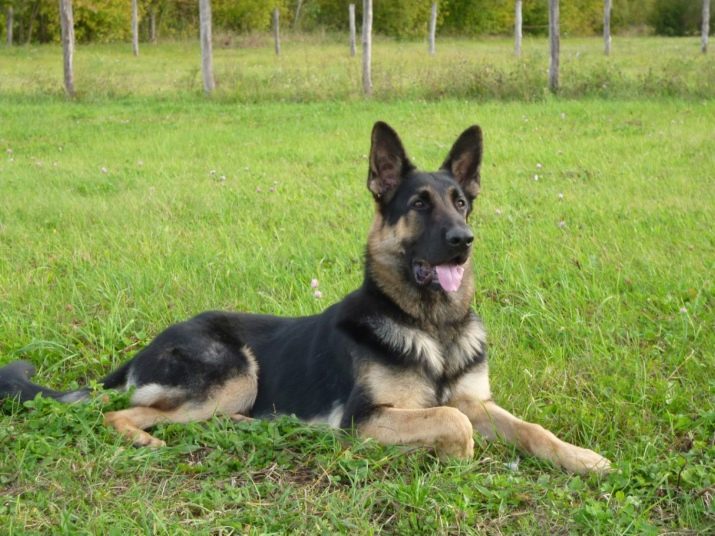
Of the main positive qualities, the most often mentioned are loyalty, dedication, dedication and ingenuity.
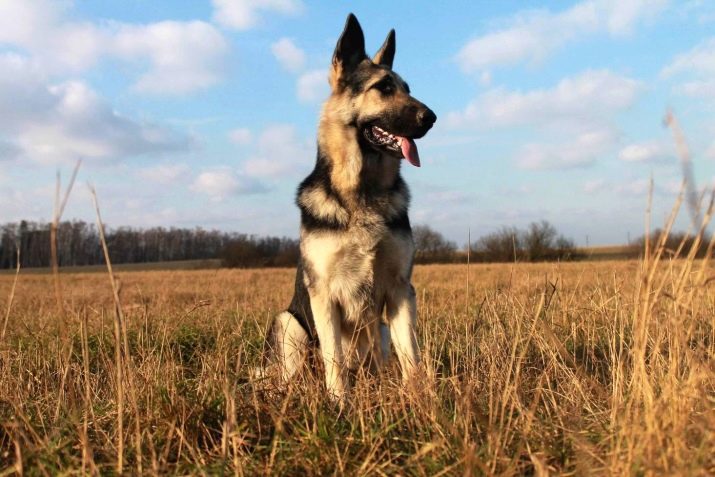
The only negative point that some breeders note is the care of the animal's coat. However, these same people find that grooming is much easier than most long-haired dog breeds.
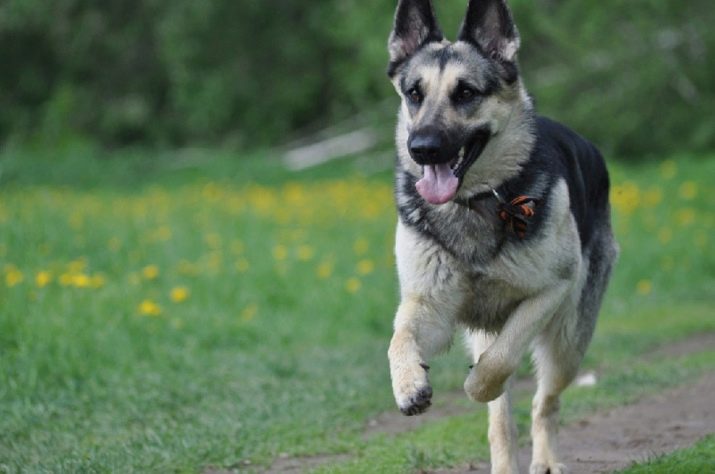
All about the East European Shepherd Dog, see the video below.






































